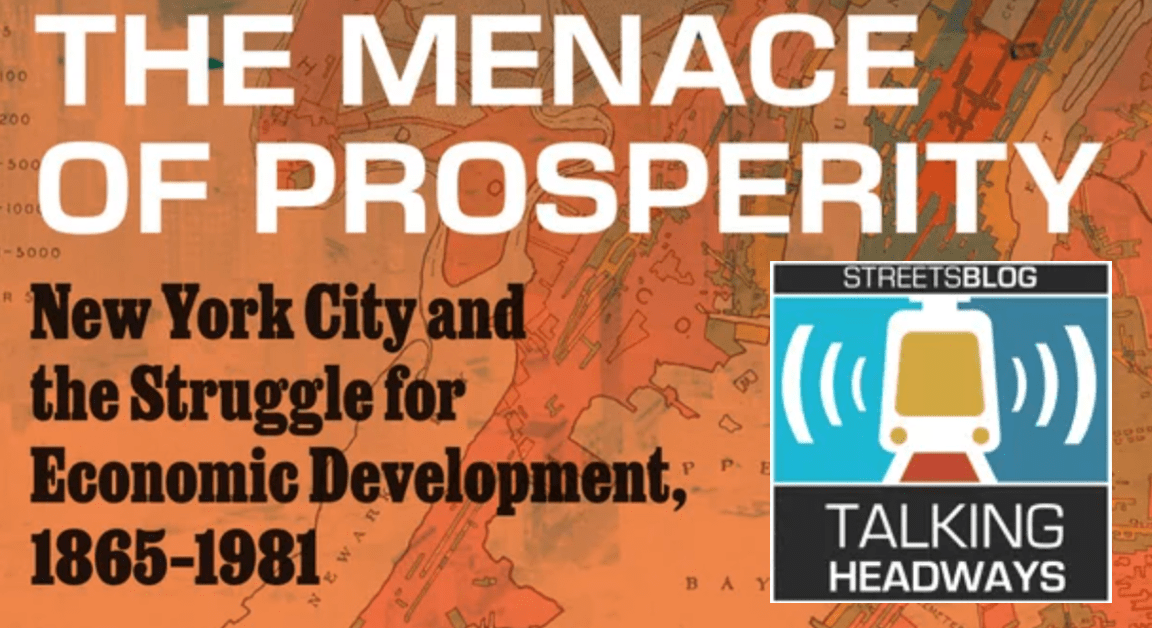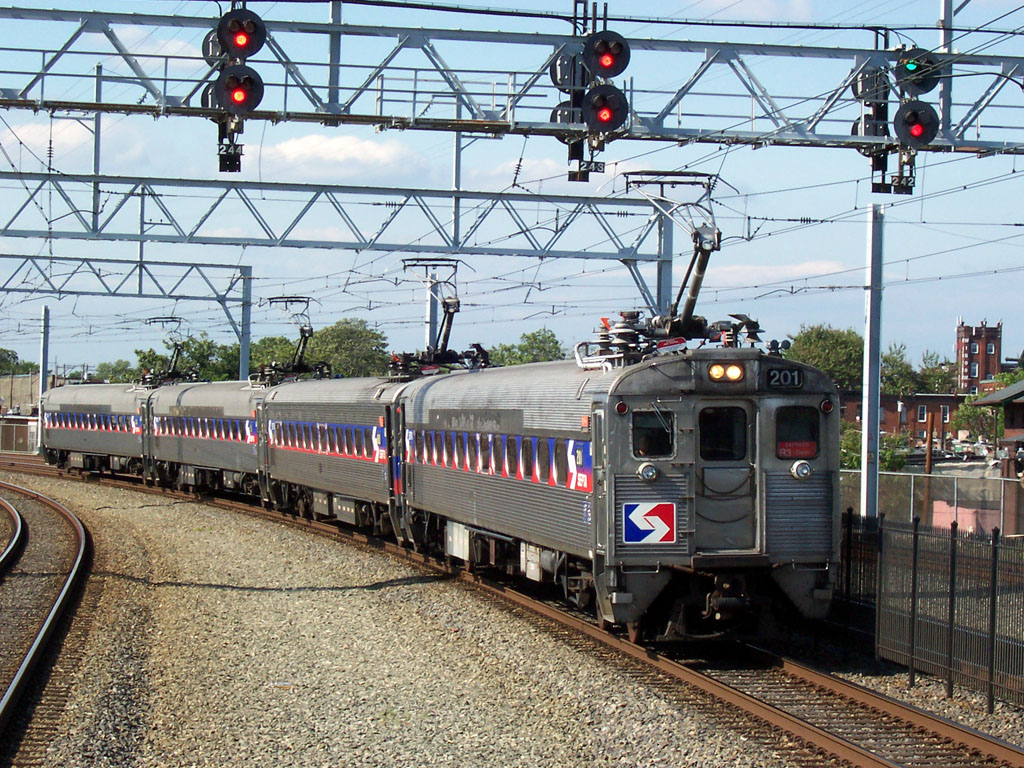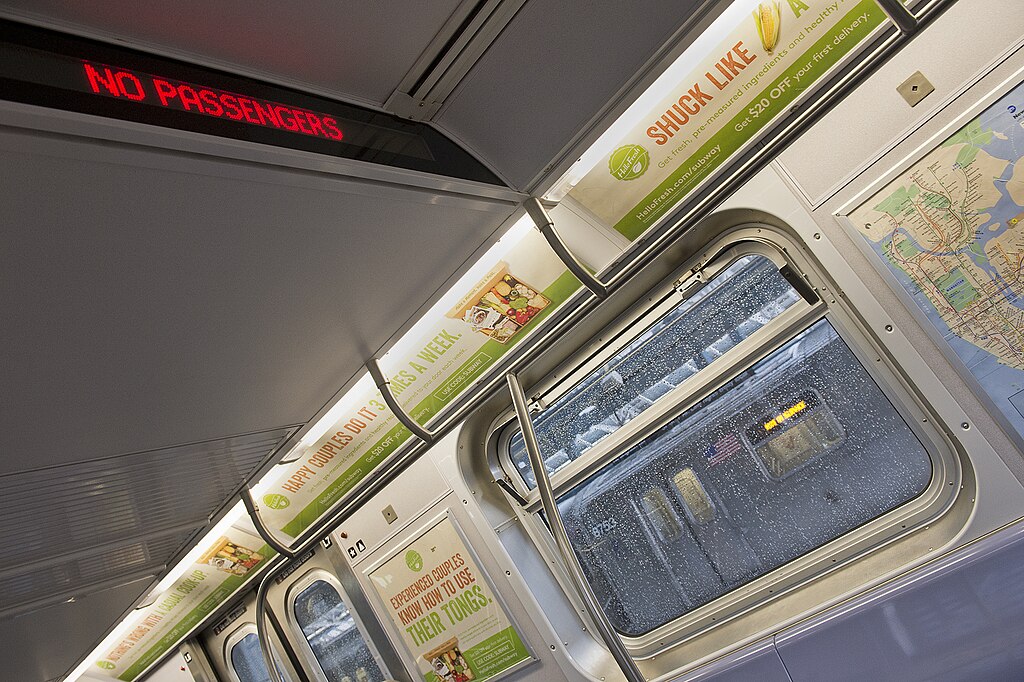Rail~Volution 2011 marks the first time since 2002 that this conference for all things transit and smart growth has taken place in the nation's capital. When it comes to livability, Washington and neighboring Arlington County have some great stories to share with the rest of the country.

At the heart of the region's success is, of course, the Washington Metro, which has shaped development for more than three decades. In fact, so much of the land near Metro stations has been developed that ridership is projected to reach the design capacity of the current system within the next 20 years. The Washington Metropolitan Area Transit Authority is currently mapping out how to respond.
At a panel this morning, Nat Bottigheimer, an assistant general manager at WMATA, shared some results from an internal study the agency conducted as part of this process. The core question he investigated: "What is it you're actually getting from a transit investment?"
The agency's research and modeling produced some intriguing numbers demonstrating how the creation of Metro -- its 86 stations and 106 miles of track -- has benefited the region:
- Since the system was created, $212 billion in real estate value has been added within a half-mile of Metro stations.
- Land value near Metro stations generates $2.8 billion annually in property tax revenues. $195 million of that is directly attributable to transit.
- Households in the region reap the equivalent of $705 million per year in time savings thanks to Metro.
- Households save $305 million per year on costs related to owning and driving cars.
- Every day Metro riders walk 33,000 miles.
On the other side of the coin, there's everything that Metro has prevented from happening. Without Metro...
- Commuters would have to put up with commutes that take 25 percent longer. This would effectively curtail people's access to jobs and employers' access to the workforce.
- The region would see more than a million additional auto trips per day.
- This traffic would require 1,000 additional lane miles to accommodate, the equivalent of two Capital Beltways' worth of asphalt.
- Four to six more traffic lanes across the Potomac would be necessary.
- The downtown core would be eviscerated by parking. To store all the extra cars would take 200,000 parking spots, the equivalent of 170 blocks filled with five-story parking structures.
- All that car infrastructure would cost nearly $11 billion to build, and impose huge maintenance costs every year.
Bottigheimer's stats brought to mind this graphic of a hypothetical NYC, where the subway's been obliterated and everyone has to drive and park to get around instead.

I'd be remiss not to mention these stats from Dennis Leach, director of the transportation division at the Arlington County Department of Environmental Services. In the 1970s, Arlington was losing population and facing a bleak future as Northern Virginia's doormat to the D.C. core. But local leaders "bet the ranch" on focusing growth near Metro stations, said Leach, and the county is now a thriving example of how walkable, transit-oriented development can make inner suburbs more attractive places to live and work.
Some highlights from Leach's presentation:
- Arlington now has more than 100,000 housing units, and 40 percent of them are above transit stops.
- Some of the arterial roads near the places that have been developed most intensely are actually seeing declines in traffic.
- Ridership on the local bus system has tripled since 2005. It is no longer mainly a feeder system getting commuters to and from Metro, but a viable network in its own right serving a variety of trips.
- Some of the county's biking and walking trails have higher travel volumes than some arterial roads.
- In the areas near Arlington's transit stops, walking captures between 20 and 30 percent of all trips, compared to the regional average of 5 to 6 percent.
- In a survey, 40 percent of local business leaders said transportation access was the number one reason Arlington was a good place to locate.





